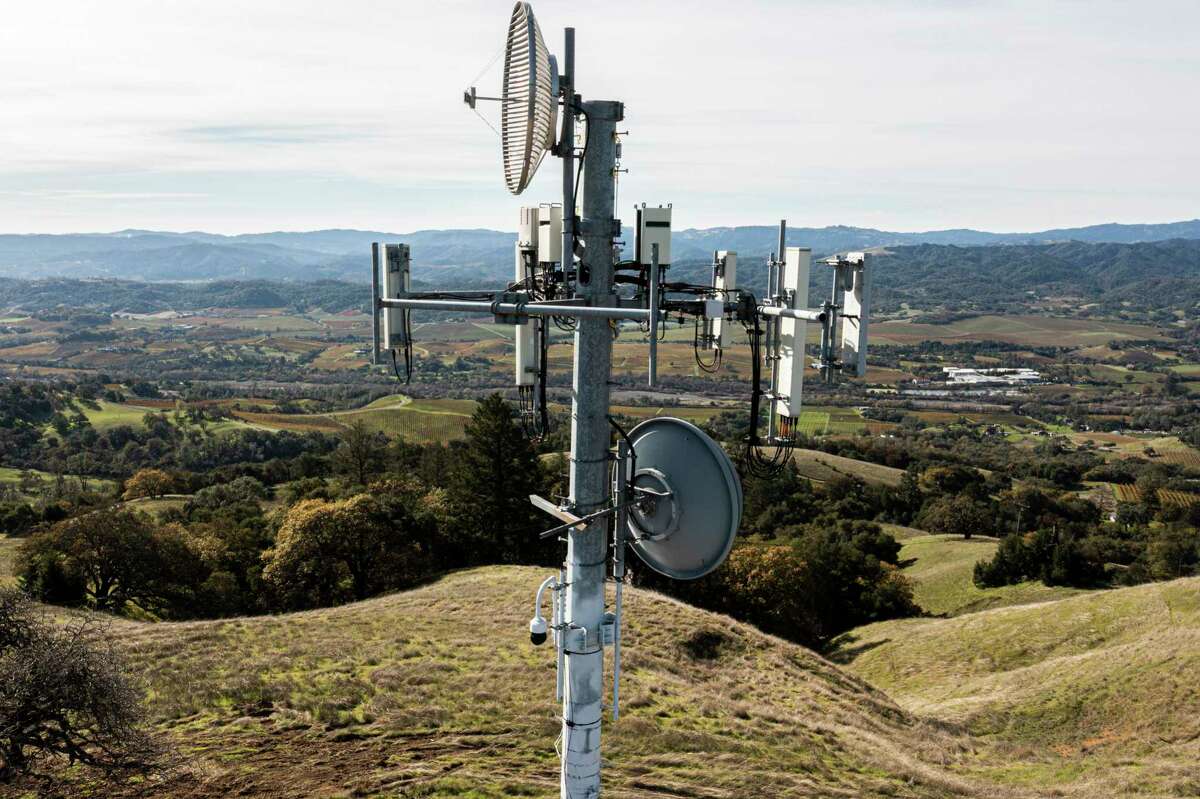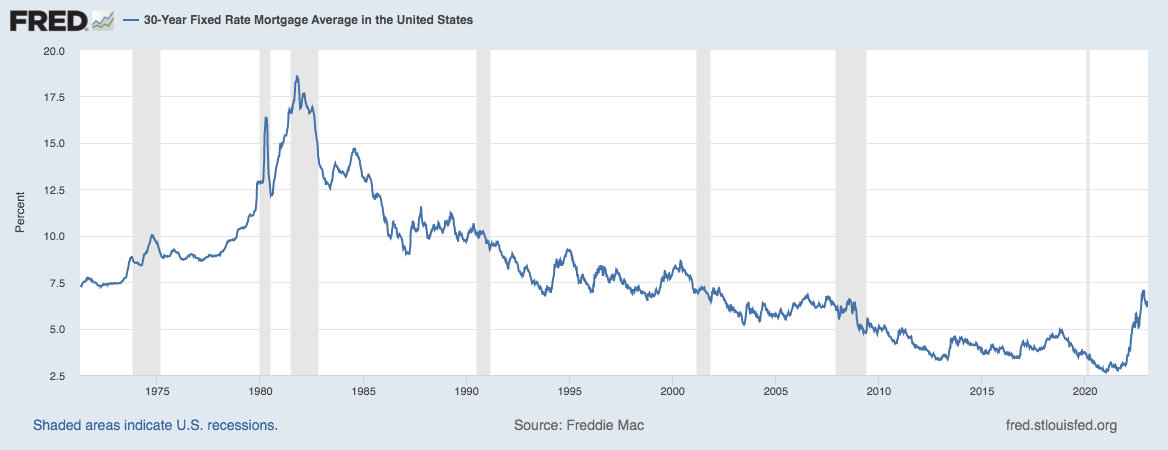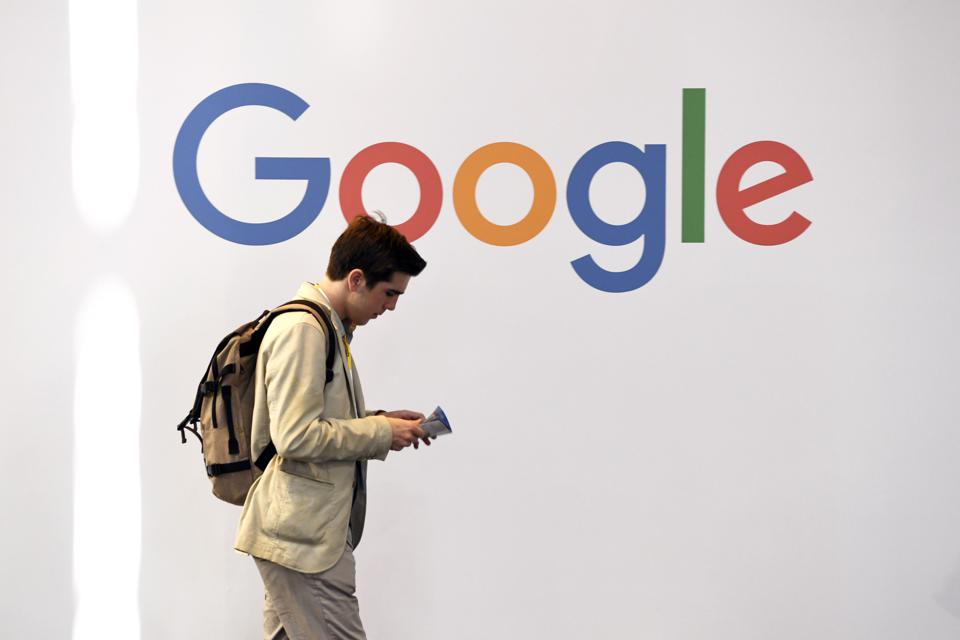A state appeals court has overturned a ruling that could have cut property taxes on utility companies in California by $900 million a year, a tax burden that would have been mostly shifted to homeowners.
The dispute involves property taxes on the debts faced by utilities for the funds they obtain from local revenue bonds. Proposition 13, the 1978 ballot initiative, limited annual property taxes to 1% of a property’s value, but the limit did not apply to taxes on bond debt, which is often used to fund construction of physical assets.
Many counties have taxed utilities at a higher rate than other property owners for that debt, but AT&T, Sprint and T-Mobile filed suit in 2020 to challenge that disparity.
The suits were filed in 34 counties, but proceeded as a test case in Santa Clara County, where the tax rate for utility bond debt was about 5 times as high as the rates for other property owners. Superior Court Judge James Monahan ruled in the utilities’ favor, saying the state Constitution requires equal rates for all property taxpayers on bond-related debt. On Friday, however, the Sixth District Court of Appeal in San Jose overturned Monahan’s decision and said counties could impose higher rates on the utilities.
The California Constitution “does not mandate that utility property be taxed at the same rate as other property,” and instead allows their debt-financed property to be taxed at full market value, Justice Charles Wilson said in the 3-0 ruling. While the voter-approved language in the Constitution says utility property “shall be subject to taxation to the same extent and in the same manner as other property,” he said, it does not require the same tax rate.
Instead, Wilson said, once the state assesses the value of debt-financed utility property, counties can “levy and collect taxes on that value to bolster the local tax rolls and relieve the burden on other local taxpayers.” He said the court recognizes “the force of the utilities’ arguments that the tax rates set out by (the law) ask them to pay a disproportionate share of the debt burden of certain counties in California. The remedy for such disparate treatment, however, lies with the Legislature,” which could change the tax laws.
If Monahan’s ruling had been upheld, it would have cost Santa Clara County $44 million in tax revenue for 2020, said County Counsel James Williams, who argued the case before the court.
“The burden would largely end up shifted to the other property taxpayers,” he said. “This is a critical victory for schools, local governments, and residents across the state.”
The county’s population is 1.9 million. At the same rate, the revenue loss in 2020 would have amounted to $900 million in a state with 39 million people.
Jim Kimberly, an AT&T spokesperson, said the company was considering an appeal to the state Supreme Court.
“We are disappointed in the court’s ruling because it fails to address a flawed property-rate formula that results in utilities being charged a rate that is twice of other businesses in the area,” he said.
Some supporters of the utilities have contended the public does not benefit from higher tax rates on companies like AT&T because they can pass the costs along to their customers in the form of higher rates. But Williams said the utilities obviously were seeking a financial benefit at the public’s expense by filing the suit and and paying the costs of litigation.
“Of course every business passes taxes on to consumers,” but they would rather avoid the taxes altogether, the county counsel said.
Bob Egelko is a San Francisco Chronicle staff writer. Email:




